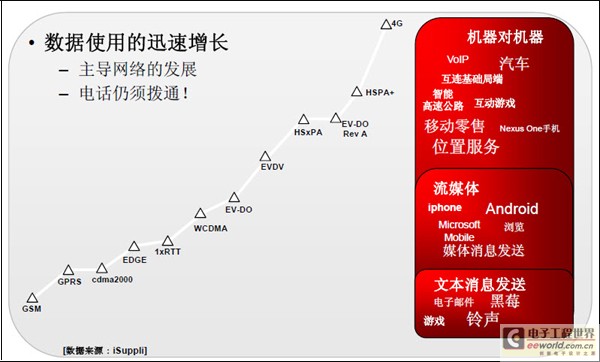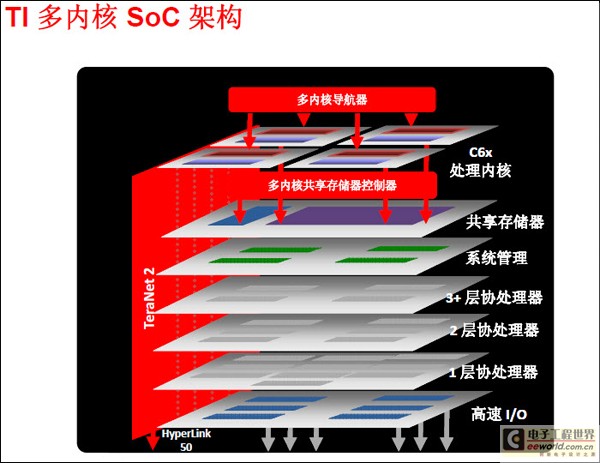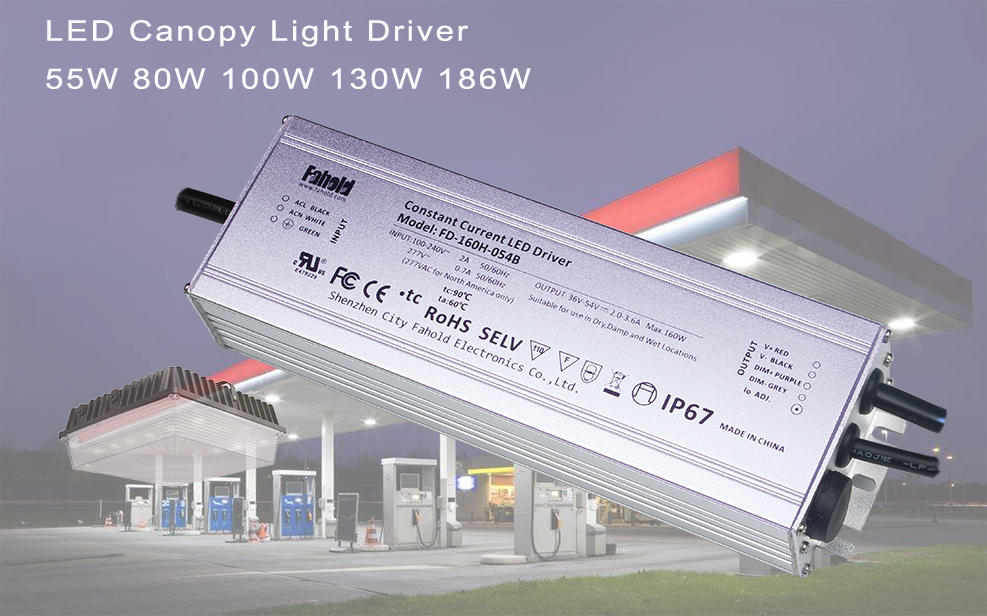The design of wireless networks is driven by this data demand, which requires more and more capacity: At present, the more common is the macro base station, which has a coverage range from two kilometers, ten kilometers to twenty kilometers, but when a small number of people are in When a relatively small area shares a large amount of data, macro base stations are not practical in these areas, so small base stations have been added. "If we further develop, there will be more different types of base stations," Kathy said. At the same time, the requirement for cost is an eternal theme, which requires wireless network design to reduce the cost of each data exchange and the cost of power consumption. OEM model shift Therefore, this imposes stricter requirements on equipment manufacturers: 1. Reduce power consumption: The base station operates 24 hours a day, 7 days a day, which requires high power consumption and high energy consumption. Kathy told EEWORLD that working around the clock means that the network is very busy during the day and relatively less used at night. Therefore, the power consumption during the day and night The requirements are different, equipment manufacturers have to meet the needs of such different management. So in the face of these trends, as a chip supplier, from what aspects can you start to help equipment manufacturers better design? In terms of performance and power consumption, TI's newly developed multi-core SoC architecture can provide OEMs with a common platform for accelerating the development of basic communications products such as base stations and media gateways. The product series is expected to provide samples in the second half of 2010 . "The bottom layer of the architecture uses a leading 40nm process," Kathy told EEWORLD, up to the C6X DSP core, and then co-processing according to the wireless base station layer 1, layer 2, layer 3, there are more abundant independent on-chip Connection layer technology, through this to complete the entire framework. While providing chips, TI also invested a lot in development tools. On the one hand, it brings customers the most efficient compiler in the industry, which can provide higher value products. On the other hand, it also provides support for debugging tools, allowing developers to go deep into the specific execution of the program to find problems and find problems. The software that can achieve a leap-forward start is also a product developed by TI for customers. The software provides the lowest operating system and some general modules, such as GSM module, LTE module, and audio and video processing module, so that customers focus their research and development on differentiated applications Development. After such efforts, we did get positive feedback from customers. At present, TI ’s quarterly shipments of WCDMA chips (first-generation and second-generation) exceed 1 million, of which more than 50% of these shipped devices are used for WCDMA layer 1 and layer 2 without external ASIC or FPGA . From an operator's perspective, TI's underlying software has been used by more than 200 operators worldwide, including GSM / EDGE, WiMAX, WCDM, and the newly developed LTE technology. The product series based on the new multi-core SoC architecture has more than 40 designs adopted, among which more than 20 designs have adopted the 4-core base station devices based on the new architecture alone. "These designs were designed before our samples were provided," Kathy said. "This is where we differentiate." In wireless applications, TI is twice the number of competitors in many respects, and some performance even reaches 4 times, the power consumption is not only much lower than the competition, but also provides support for the development environment, compilers and tools. This trip to China made Kathy see a lot of things and learn a lot. "I think China's 3G market is growing very fast," Kathy pointed to her mobile phone, and then said that her 3G mobile phone has been In all cities, WCDMA coverage is very good. The TD bidding is almost over, and WCDMA is also bidding in the second half of the year. "I believe China's 3G construction will be better this year."
This Aluminum Case rugged-designed Led Driver for canopy fixture will outlast the competition. With light output of a typical 50W-200W metal halide it is an energy efficient replacment . Gas Station will always need high stand and very good quality Driver for the light hanging there. Fahold design safety, glued high power driver, avoiding the dangerous situation.
LED Canopy Light Driver LED Canopy Light Driver, Gas Station Light, Waterproof Driver, IP67 LED Driver, Canopy Light ShenZhen Fahold Electronic Limited , https://www.fahold.com
2. Heterogeneous networks: Base stations include large and small base stations, because equipment manufacturers need more scalability solutions to achieve the conversion between small and large base stations.
3. The wireless receiving technology continues to improve: it requires continuous data calculations, such as MIMO functions and optimized matrix processing environment.
4. Spectrum is a resource, and it will gradually lack. How to make better use of spectrum resources is a problem.
5. Operators, equipment manufacturers, and end users all want to use more data while spending remains the same or increases slightly, so cost requirements are a necessary factor. TI multi-core SoC architecture 
• Multiple high-performance DSPs in an innovative SoC architecture can achieve operating frequencies up to 1.2GHz;
• Each DSP core integrates fixed-point and floating-point processing functions, perfectly combining ease of use and unmatched signal processing performance;
• Robust tool kits, dedicated software libraries and platform software help shorten the development cycle and increase the efficiency of debugging and analysis;
• Compared with other SoCs, the DMA capability of each core is increased by 5 times and the memory capacity is increased by 2 times, which can ensure to provide customers with a highly robust application performance;
• The rich product range includes various devices, such as quad-core devices suitable for wireless base stations, and octa-core devices suitable for media gateways and network applications;
• TI Multicore Navigator supports direct communication between core and memory access, thus freeing peripheral access and fully releasing multi-core performance;
• On-chip switching architecture-TeraNet 2 has a speed of up to 2 terabits per second, which provides high bandwidth and low latency interconnection for all SoC components;
• Multi-core shared memory controller can speed up on-chip and external memory access speed;
• High-performance layer 1, layer 2 and network coprocessor.  Technical analysis company BDTI pointed out in its "InsideDSP" communication: "As long as TI can successfully achieve the expected performance goals, it will definitely improve the performance level of mainstream DSP. TI is further committed to providing decisive measures for multi-core programming development technology and environment , Will make it more advantageous than other DSP processor manufacturers in terms of ease of use. "
Technical analysis company BDTI pointed out in its "InsideDSP" communication: "As long as TI can successfully achieve the expected performance goals, it will definitely improve the performance level of mainstream DSP. TI is further committed to providing decisive measures for multi-core programming development technology and environment , Will make it more advantageous than other DSP processor manufacturers in terms of ease of use. "
-UL listed for wet locations
-Solid construction die cast aluminum body
-UV stabilized powder coated finish
Efficiency up to 93%

From the earliest GSM to the current 3G, and then to the future 4G, the data usage boom has been detonated step by step. Kathy Brown, general manager of the basic business of TI wireless base stations, is more willing to describe this growth as "explosive", among which Applications include machine-to-machine, VoIP, location services, streaming media, and text messaging.